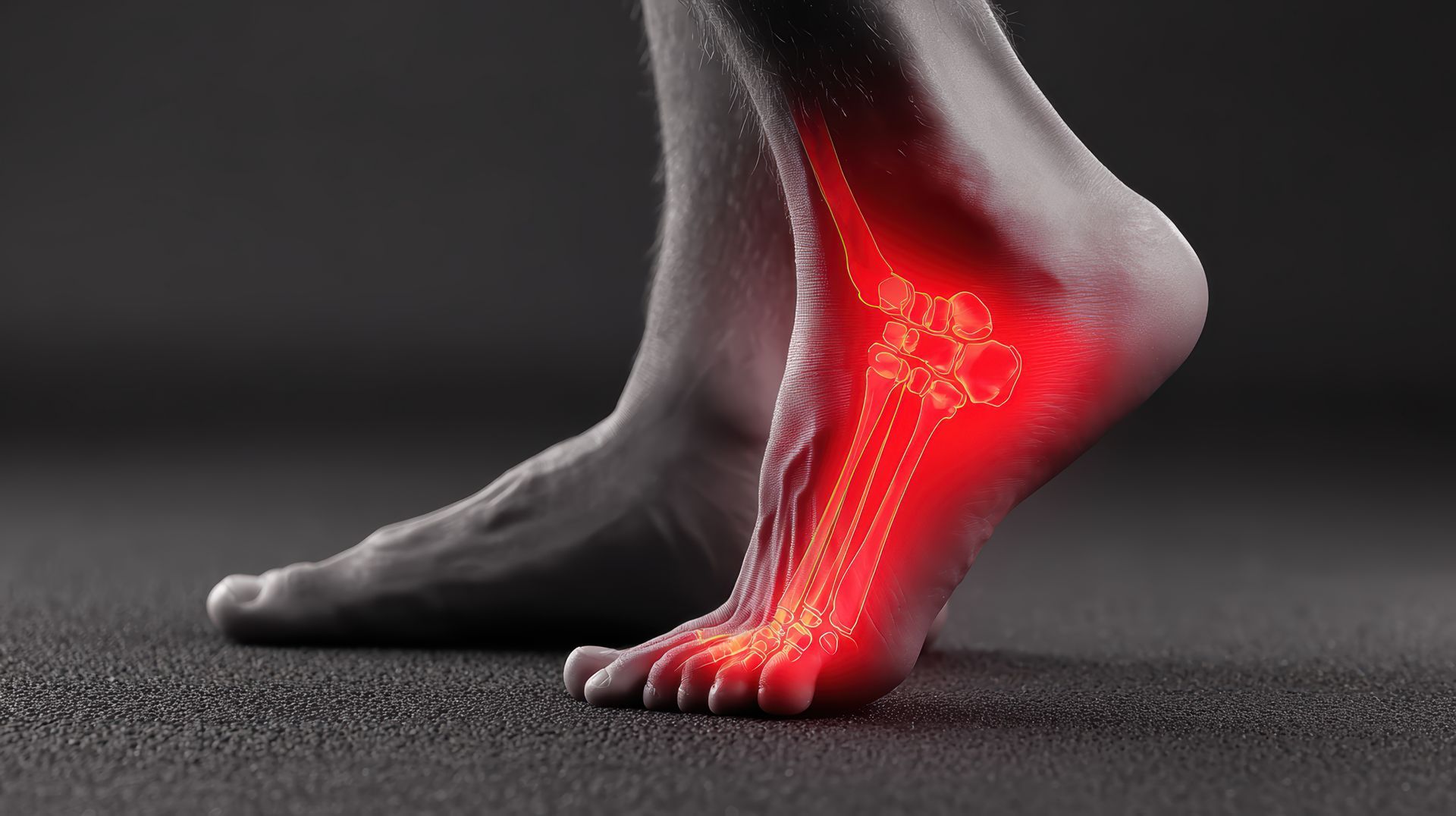Stretching to Relieve Chronic Pain
Chronic pain is debilitating, affecting every portion of your life. It stops you from enjoying daily life, reduces your efficiency in the workplace, and can lead to fatigue, depression, and anxiety.
Most patients suffer so acutely, that they believe serious interventions are the only option to relieve the pain. The result? Heavy-duty painkillers and surgery, which both have strong side effects and may cause more damage than the original problem. But before you ask your doctor for chronic pain treatment, you may want to consider a relatively simple solution: stretching.
Stretching is a simple exercise that has a range of benefits. Regular stretching of just a few minutes per day can have a positive influence on your chronic pain, allowing you to live life to the fullest.
Improves Flexibility and Range of Motion
Stretching helps relax tight muscles and strengthen weak muscles. It helps to improve circulation and oxygen flow throughout your body. Even the simplest exercises can have a transformative effect on the body.
Stretching will improve your flexibility, movement, and ability to perform everyday tasks. Your body will become more resilient overall, with the effects of stretching being cumulative and improving over time.
Studies have shown that flexibility training improves the symptoms of chronic lower back pain. Specifically, stretching the back, buttocks, and legs (including the hamstrings, hip flexor muscles, and erector muscles of your spine), all help in improving your range of motion and flexibility. A recent study showed that a 4-week flexibility program led to 58% of participants experiencing reduced back pain.
Prevents Future Injuries
Patients who suffer from chronic pain often stop exercising and stretching. They (incorrectly!) think that any sort of movement will only make things worse. A lack of stretching and movement slows healing and increases the chances of additional injury.
We recommend combining stretching with light exercise, if possible. If you’re overweight or prone to injury, start with something as simple as walking or swimming. A brisk walk has a very low risk of injury, so you can rest assured it will likely not make your pain worse. Pain isn’t an excuse for being a couch potato - a little exercise makes a big difference, so it’s worth the effort.
Decreased Sleep Disturbances
Most of us suffer from a lack of sleep. According to the CDC, 1 in 3 American adults should be getting more shuteye. While smartphones and a tough work schedule are obvious contributors to this problem, the Sleep Health Foundation also cites medical conditions such as chronic pain as a likely factor in reduced sleep.
For those of you getting up in the middle of the night due to pain, stretching may help. Research conducted by the Group Health Research Institute and the University of Washington, for example, has shown that stretching leads to a demonstrable decrease in sleep disturbances due to back pain. The study also supports other benefits, some of which we’ve already mentioned: stress reduction, an improved general feeling of wellbeing, and reduced back pain were amongst the common results.
Stretching also helps if you suffer from specific muscular problems. Another study from 2012 has shown that the stretching of calf and hamstring muscles before sleep significantly reduces both the severity and frequency of nocturnal leg cramps, for example.
This specific study was run for six weeks, with all participants performing the exercises nightly and immediately before sleep. The length of the study reflects an important point: you will need to perform stretching exercises consistently and over a longer period to see the benefits. If you miss days regularly, or you stop for a few weeks, you won’t see the same progress. Remember: consistency is key!
It's a Natural Solution
We don’t believe in serious medical intervention unless it’s necessary. Procedures such as major surgery carry risks; are they worth it if there are other options you can explore first? These are some of the potential drawbacks of back surgery:
- Recurring symptoms. Patients may see symptoms reappear within a few years, with some not seeing any improvement at all.
- Infection. Back surgery involves incisions, which can lead to infection.
- Blood clots. Lumbar decompression surgery, for example, can lead to deep vein thrombosis (DVT).
- Nerve damage. This can lead to numbness or weakness in your legs.
Stretching is free, easy, and doesn’t take up much of your time. It’s also risk-free. You can try it for a few months and if things don’t improve, you can start considering alternative options. Before you ditch your stretching program, however, ensure that you’ve followed the instructions, put in a decent amount of time (6 weeks is a good minimum), and ensure you remain consistent throughout.
Medications do not treat the root cause of your chronic pain issue. They simply mask the symptoms, allowing you to get through the day but never do anything to alleviate your condition in the long term.
Stretching Tips
Convinced and ready to take up stretching as part of your routine? Here’s what you should keep in mind:
- Be consistent. Consistency is key, and you must perform your stretching exercises regularly.
- Stretching = pain-free. While stretching tight muscles may feel a bit uncomfortable at first, pain shouldn’t be part of the equation. Don’t overstretch or you’ll make things worse.
- Stretch slowly and carefully. The most common issue we see in patients performing stretching exercises is known as the ‘bounce’. This is the aggressive and sudden stretching movement, where you bounce back to your original position. It increases the risk of muscle tears, so avoid it!
- Hold the stretch. You want to try and hold your stretch for 10-30 seconds.
- Repeat the exercise. Once isn’t enough. Go for 5-10 repetitions.




